PHOTOS: Snowy Riversides and Magical Mountains of Croatia in January 2022
January 28, 2022 – The snowy riversides and magical mountains of Croatia in January 2022 show a spectacular and all-natural winter wonderland.
Snow finally stuck to the streets of central Zagreb for a couple of days this week. Early morning temperatures dropped to the lowest yet of this winter. Despite the chill, clear skies and sunshine days were enough to see the snow soon melt away.
But, far from the city, the snowy riversides and magical mountains of Croatia in January 2022 have kept their white blanket for longer. These all-natural landscapes look epic after the snowfall. For winter walkers and climbers – or even just lovers of photography – these images are way more spectacular than the bright lights and theatre of the Advent season.
Let's take a closer look at the winter wonderland of snowy riversides and magical mountains of Croatia in January 2022.
Gorski Kotar
Delnice, Lokve, Fužine, Stara Sušica, Ravna Gora
 © Turistička zajednica Gorskog kotara
© Turistička zajednica Gorskog kotara
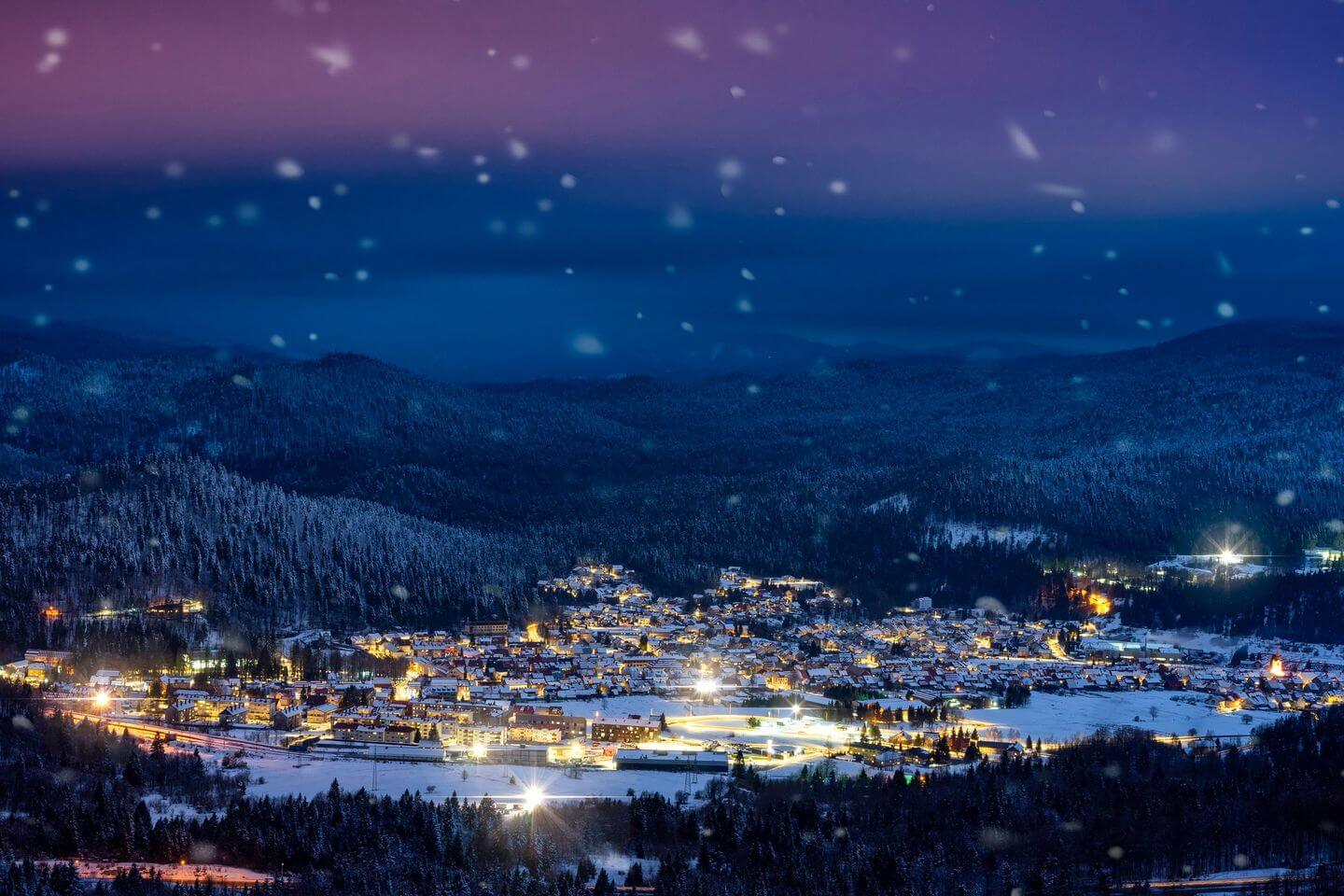 © Turistička zajednica Gorskog kotara
© Turistička zajednica Gorskog kotara
 From above, Dvorac Stara Sušica © Vladimir Franolić
From above, Dvorac Stara Sušica © Vladimir Franolić
 © Branko Lautar & Višnja Bolf
© Branko Lautar & Višnja Bolf
 Jezero Bajer near Fužine © Marino Kirinčić
Jezero Bajer near Fužine © Marino Kirinčić
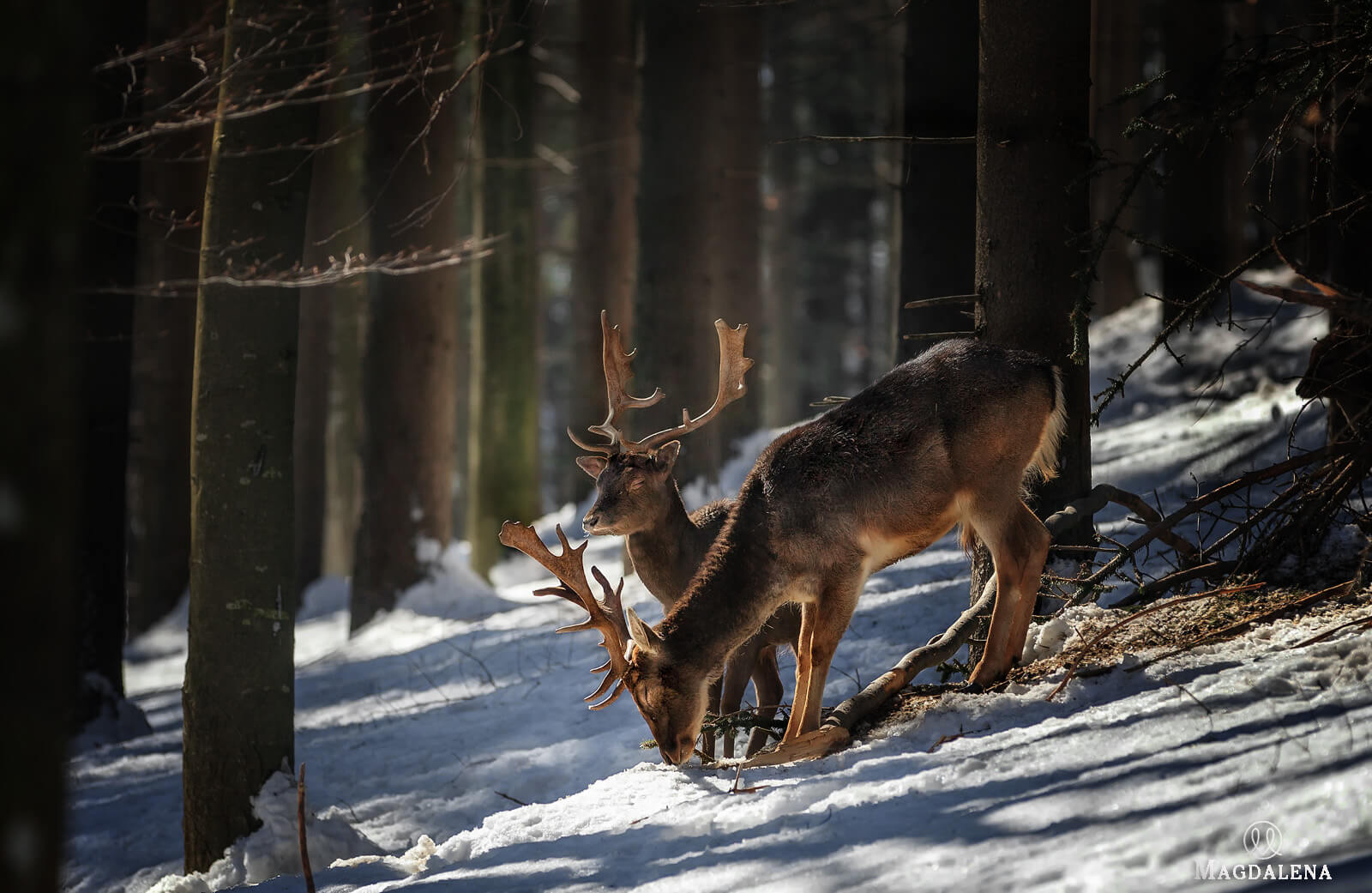 © Branko Lautar & Višnja Bolf
© Branko Lautar & Višnja Bolf
 © Turistička zajednica Gorskog kotara
© Turistička zajednica Gorskog kotara
 Another view of Dvorac Stara Sušica © Branko Lautar & Višnja Bolf
Another view of Dvorac Stara Sušica © Branko Lautar & Višnja Bolf
Risnjak National Park and Snježnik Hrvatski
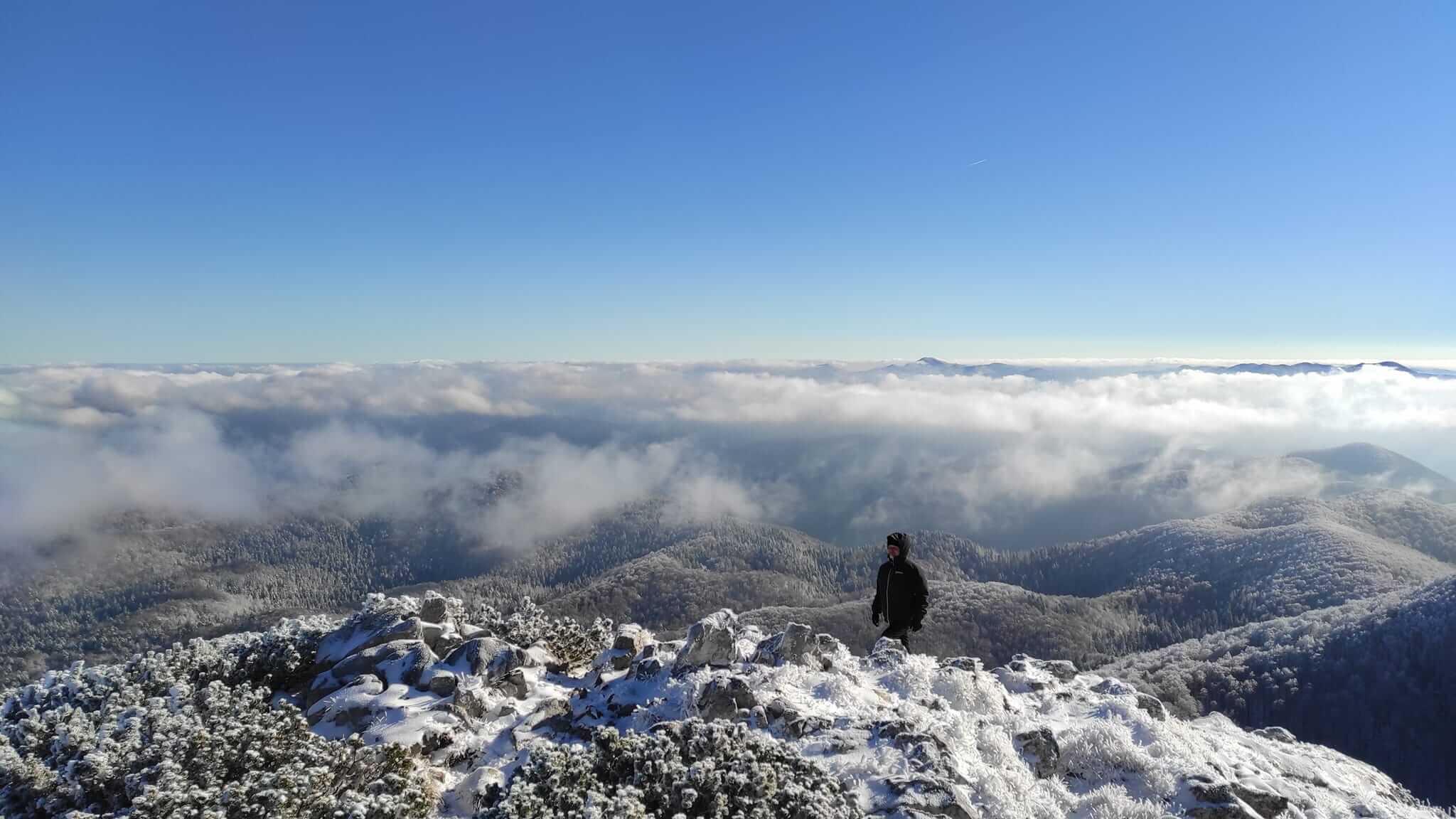 © Risnjak National Park
© Risnjak National Park
 Snježnik hrvatski © Ivan Ćuća-Žentil
Snježnik hrvatski © Ivan Ćuća-Žentil
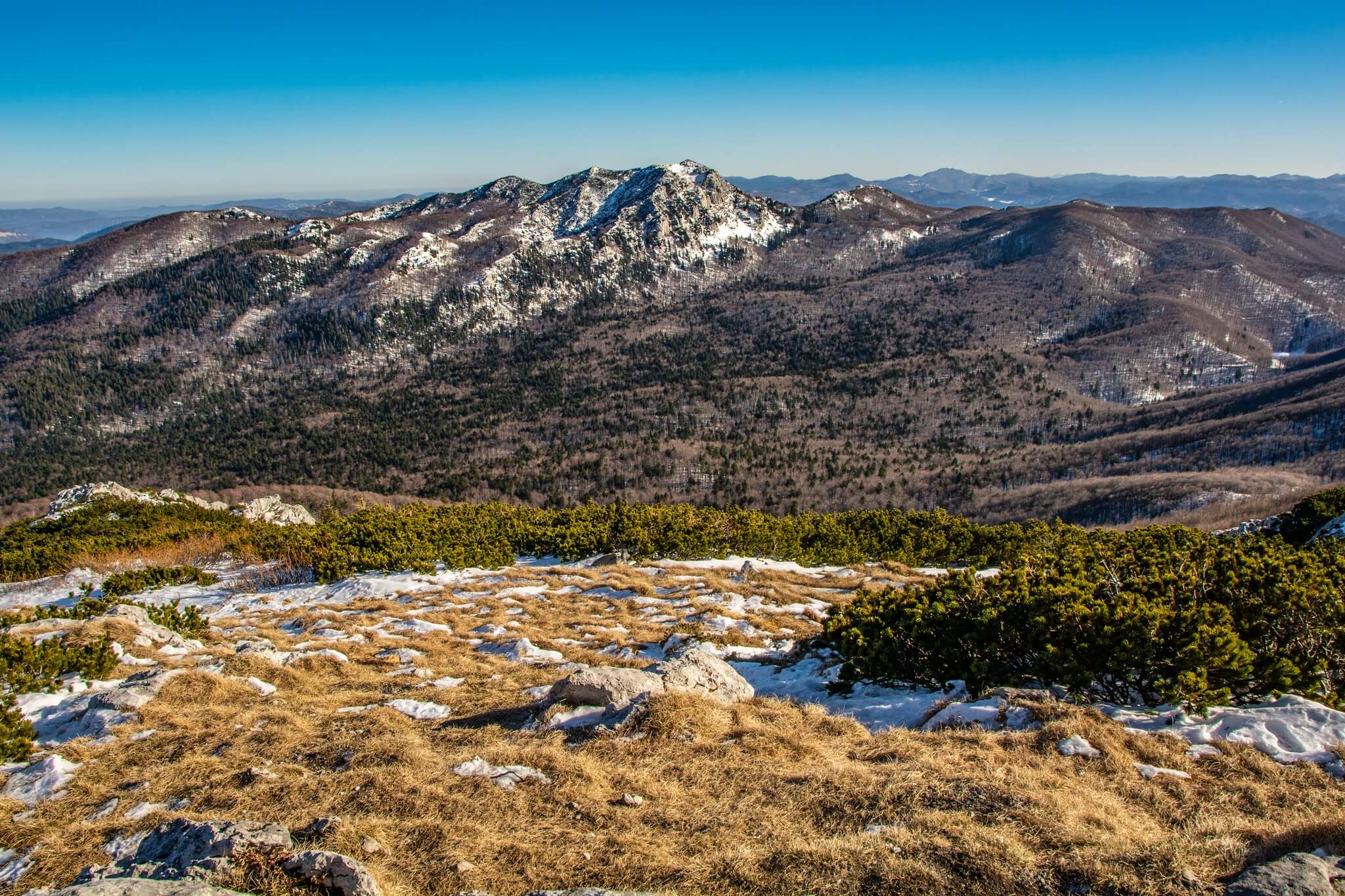 Snježnik hrvatski © Ivan Ćuća-Žentil
Snježnik hrvatski © Ivan Ćuća-Žentil
 Snježnik hrvatski © Ivan Ćuća-Žentil
Snježnik hrvatski © Ivan Ćuća-Žentil
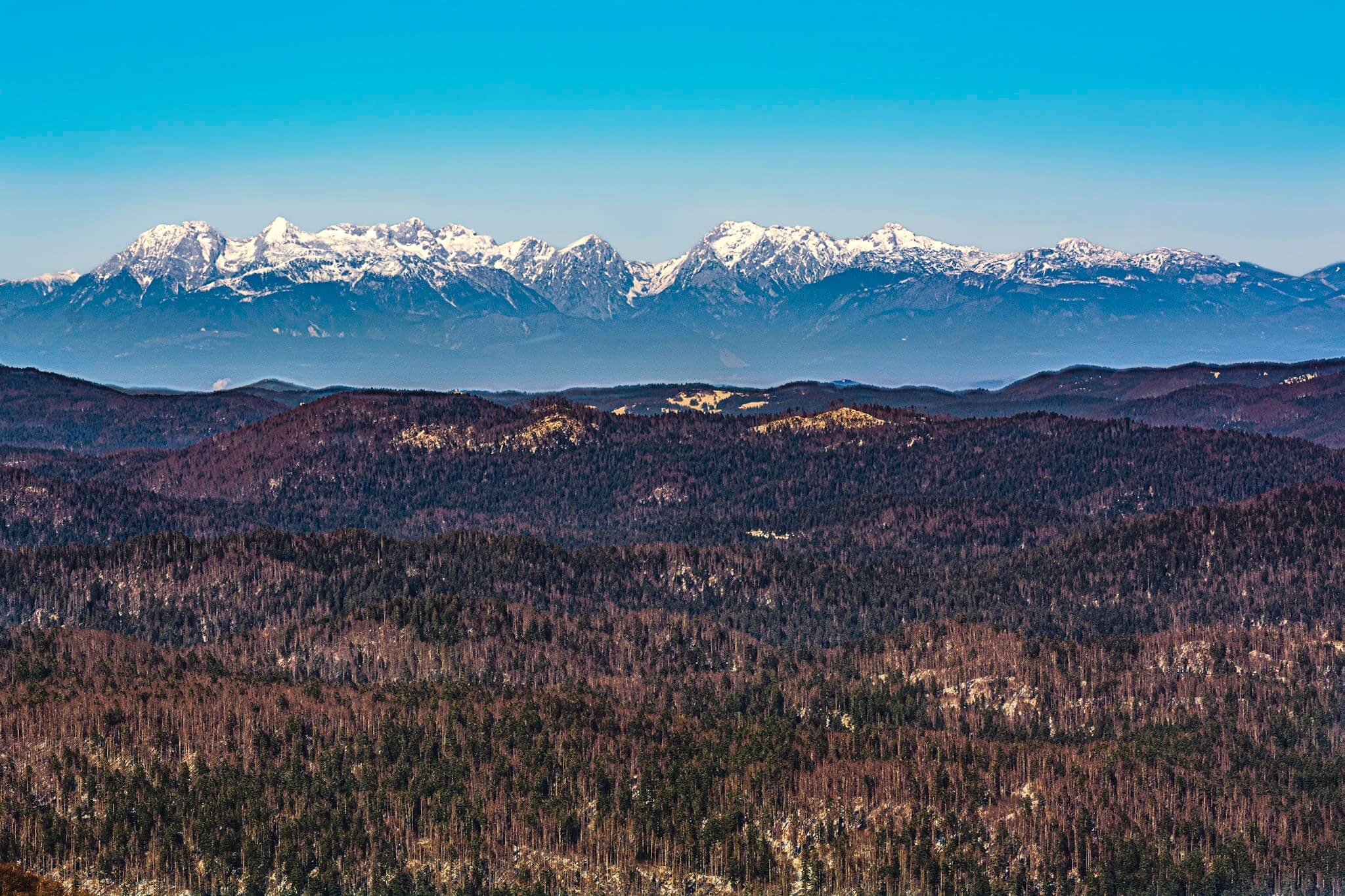 Snježnik hrvatski © Ivan Ćuća-Žentil
Snježnik hrvatski © Ivan Ćuća-Žentil
 Snježnik hrvatski © Ivan Ćuća-Žentil
Snježnik hrvatski © Ivan Ćuća-Žentil
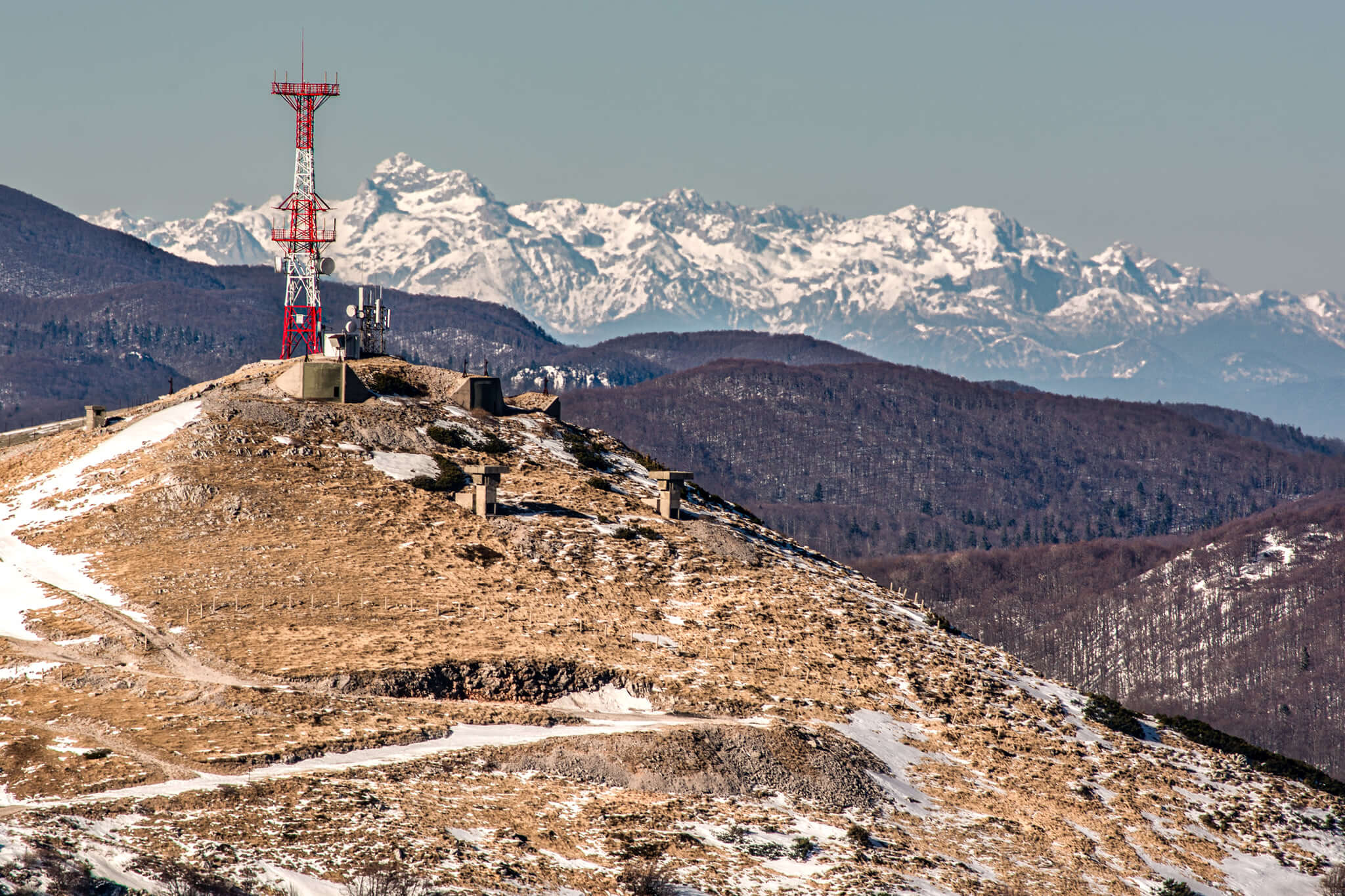 Snježnik hrvatski © Ivan Ćuća-Žentil
Snježnik hrvatski © Ivan Ćuća-Žentil
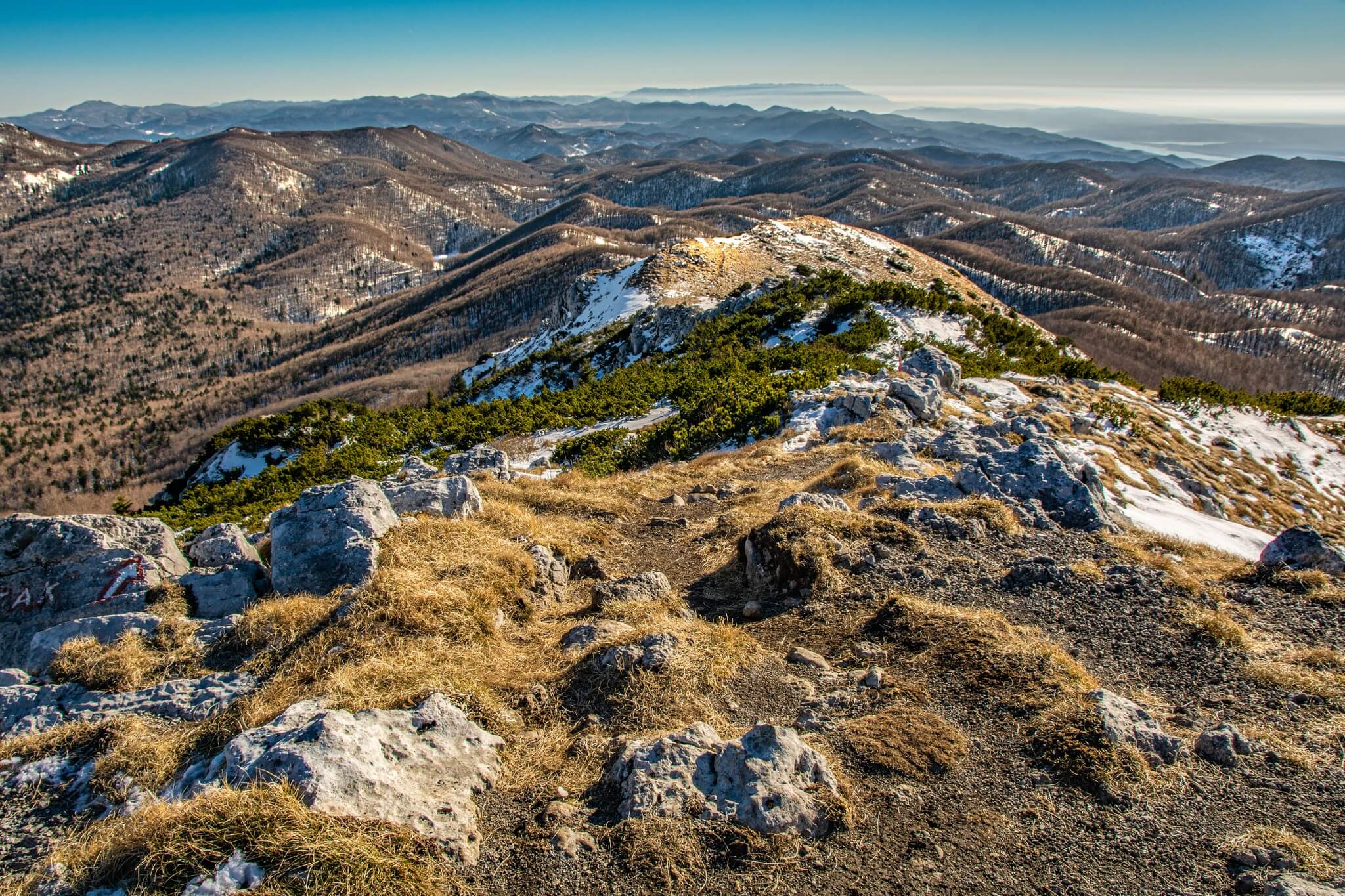 Snježnik hrvatski © Ivan Ćuća-Žentil
Snježnik hrvatski © Ivan Ćuća-Žentil
For more about Risnjak National Park, look here
Velebit
Northern Velebit National Park
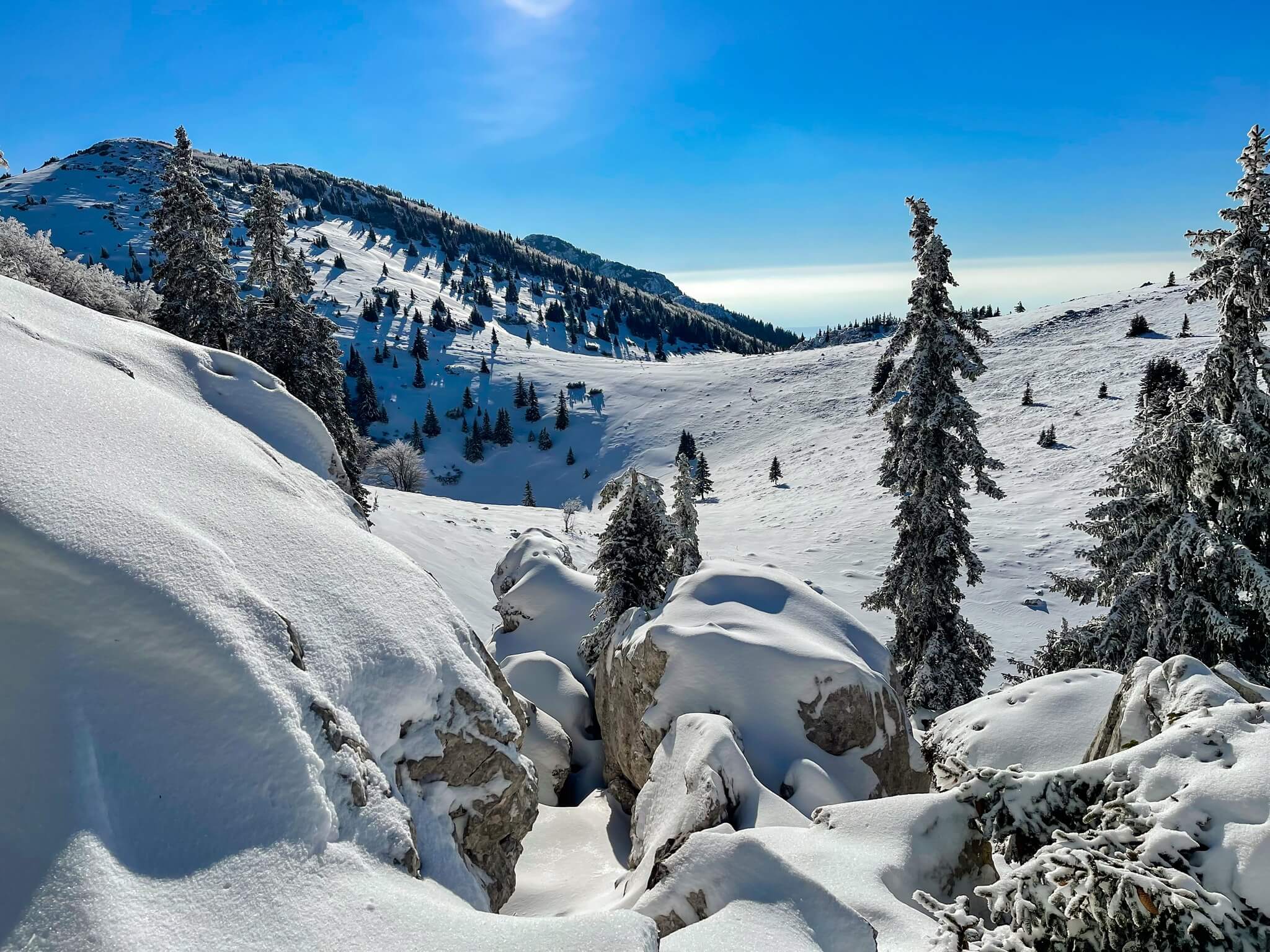 © Dejan Delač
© Dejan Delač
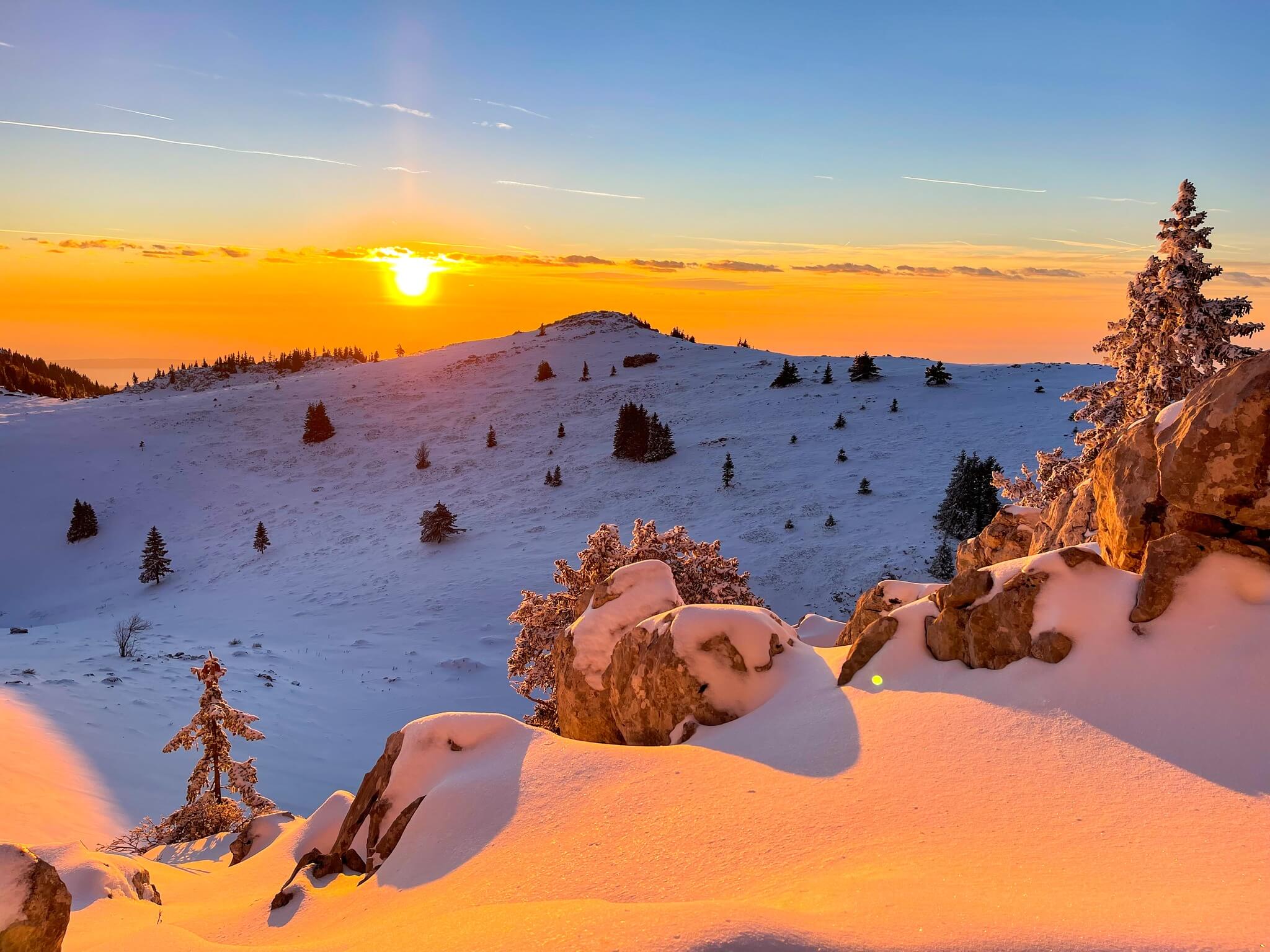 © Dejan Delač
© Dejan Delač
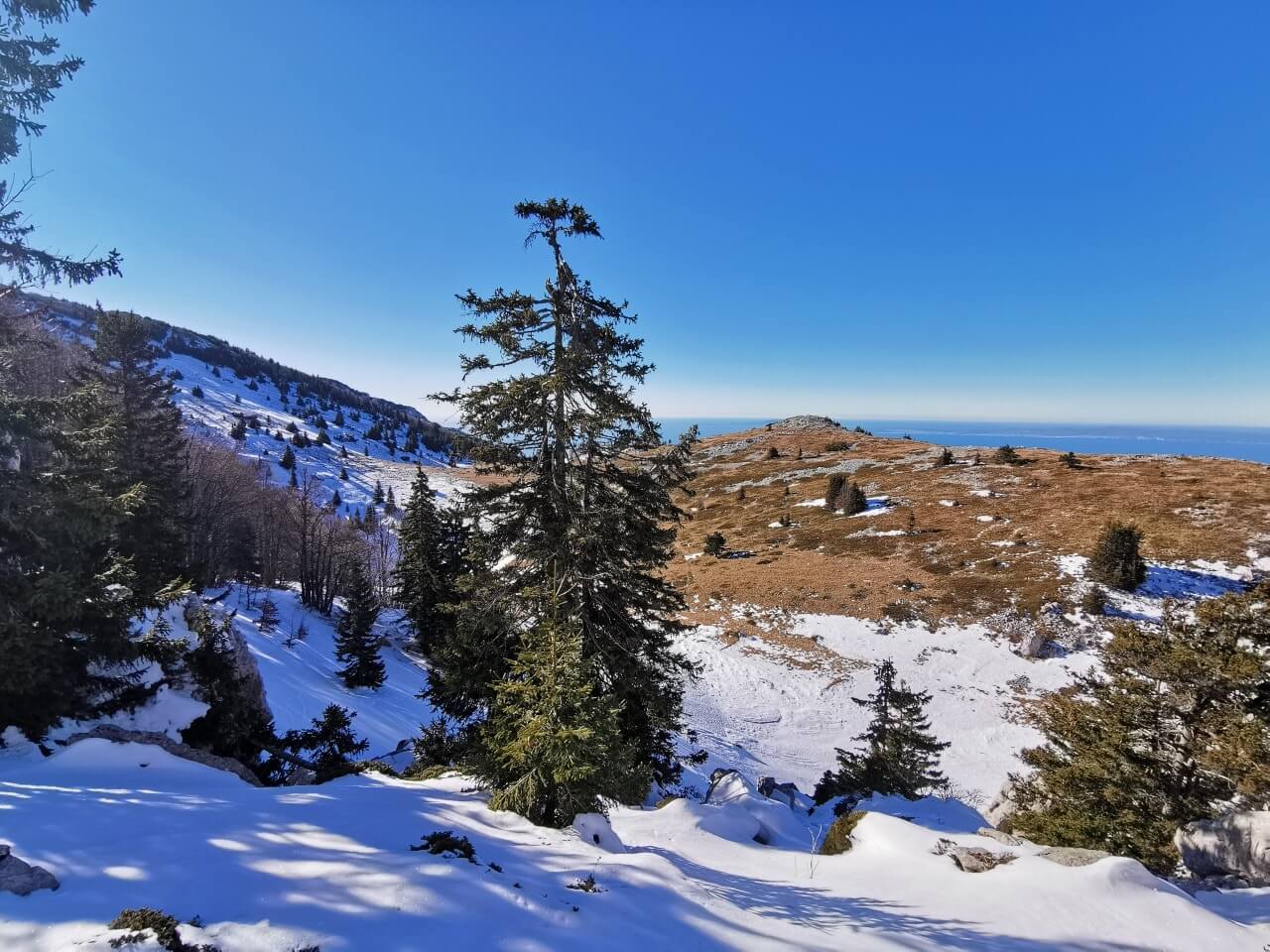 © Vedran Katalinić
© Vedran Katalinić
For more about Northern Velebit National Park, look here
Velebit Nature Park
 Ljubičko Brdo © Ivan Ćuća-Žentil
Ljubičko Brdo © Ivan Ćuća-Žentil
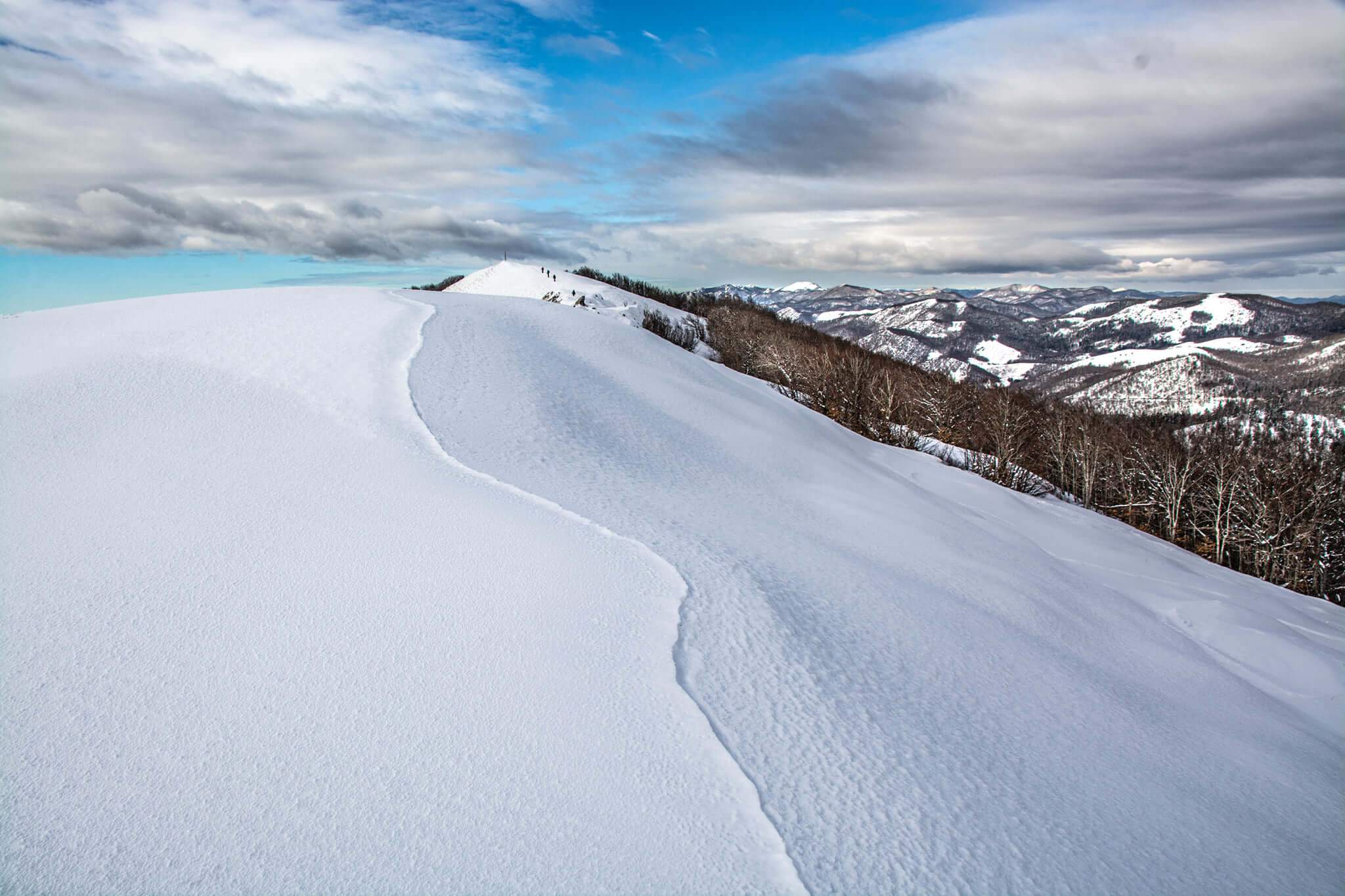 Ljubičko Brdo © Ivan Ćuća-Žentil
Ljubičko Brdo © Ivan Ćuća-Žentil
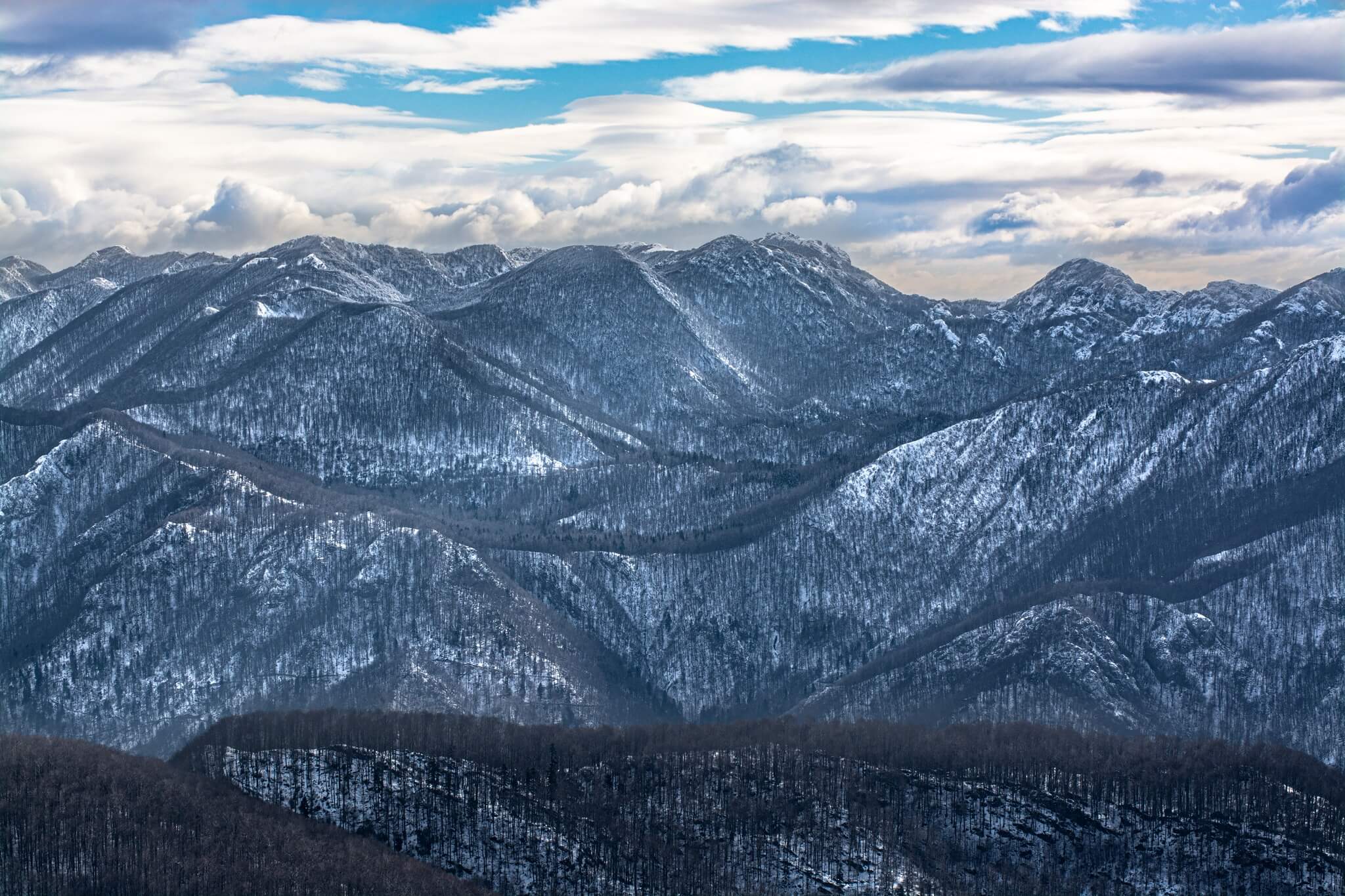 Ljubičko Brdo © Ivan Ćuća-Žentil
Ljubičko Brdo © Ivan Ćuća-Žentil
 Ljubičko Brdo © Ivan Ćuća-Žentil
Ljubičko Brdo © Ivan Ćuća-Žentil
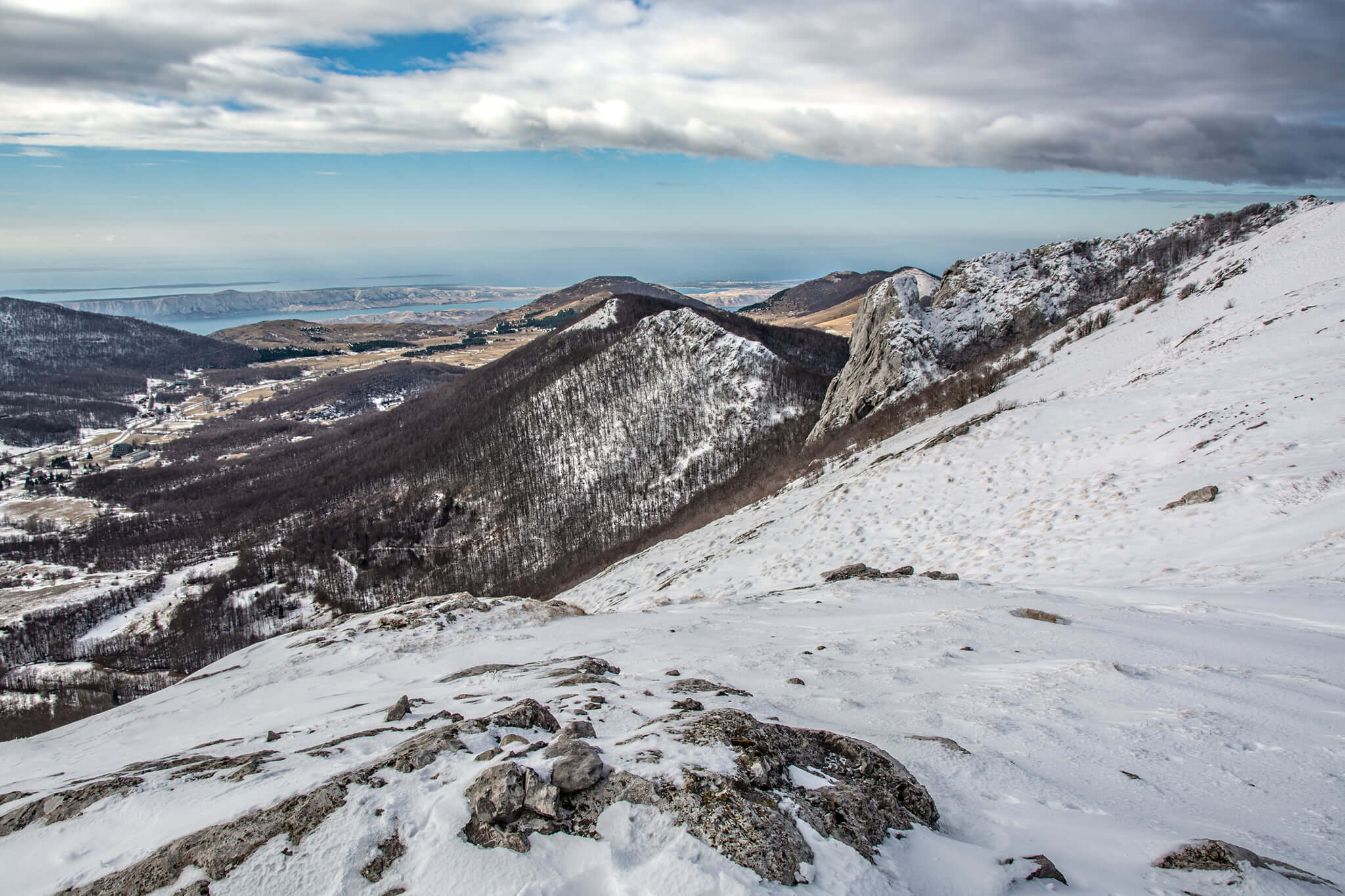 Ljubičko Brdo © Ivan Ćuća-Žentil
Ljubičko Brdo © Ivan Ćuća-Žentil
Paklenica National Park
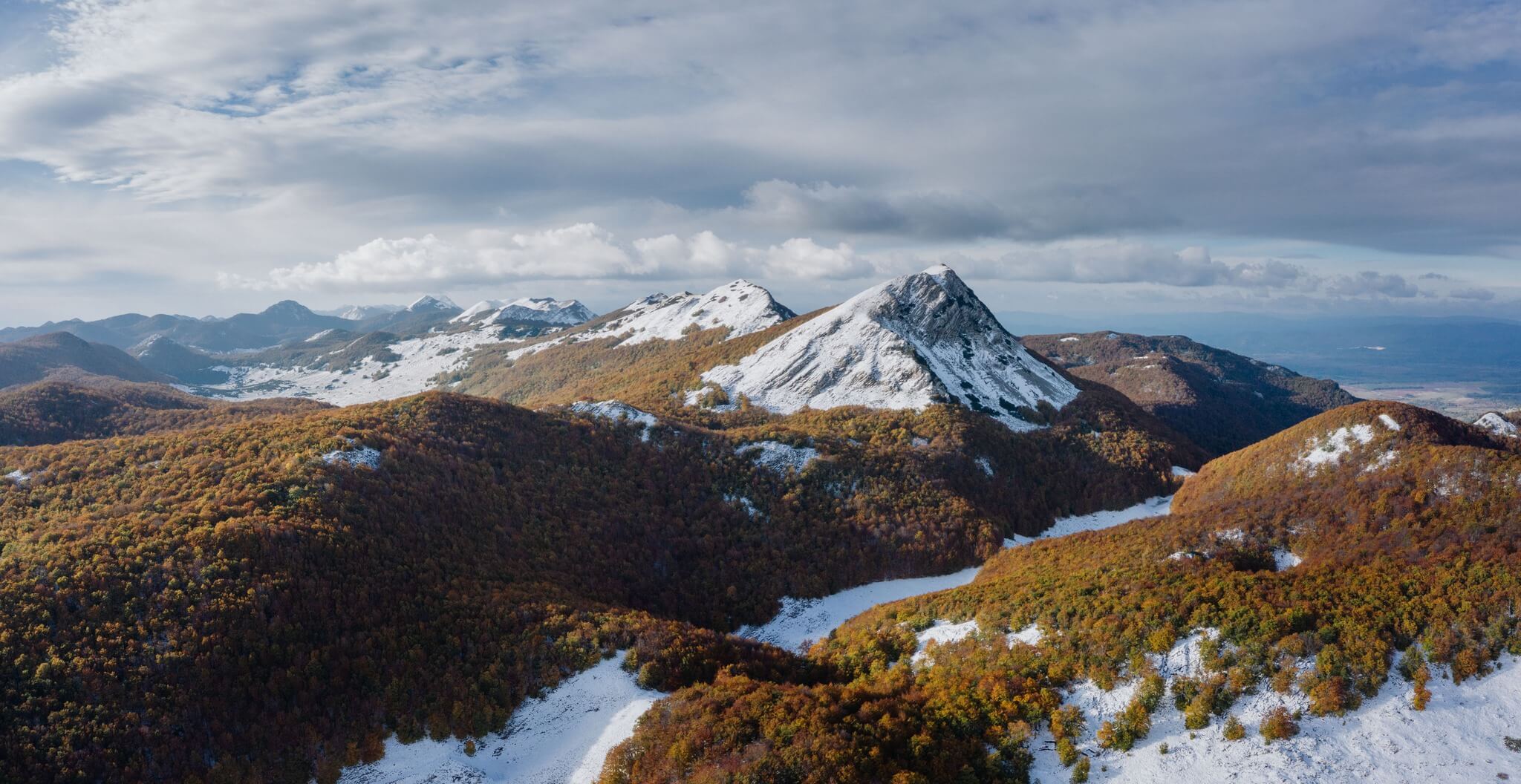 © Mario Jurina
© Mario Jurina
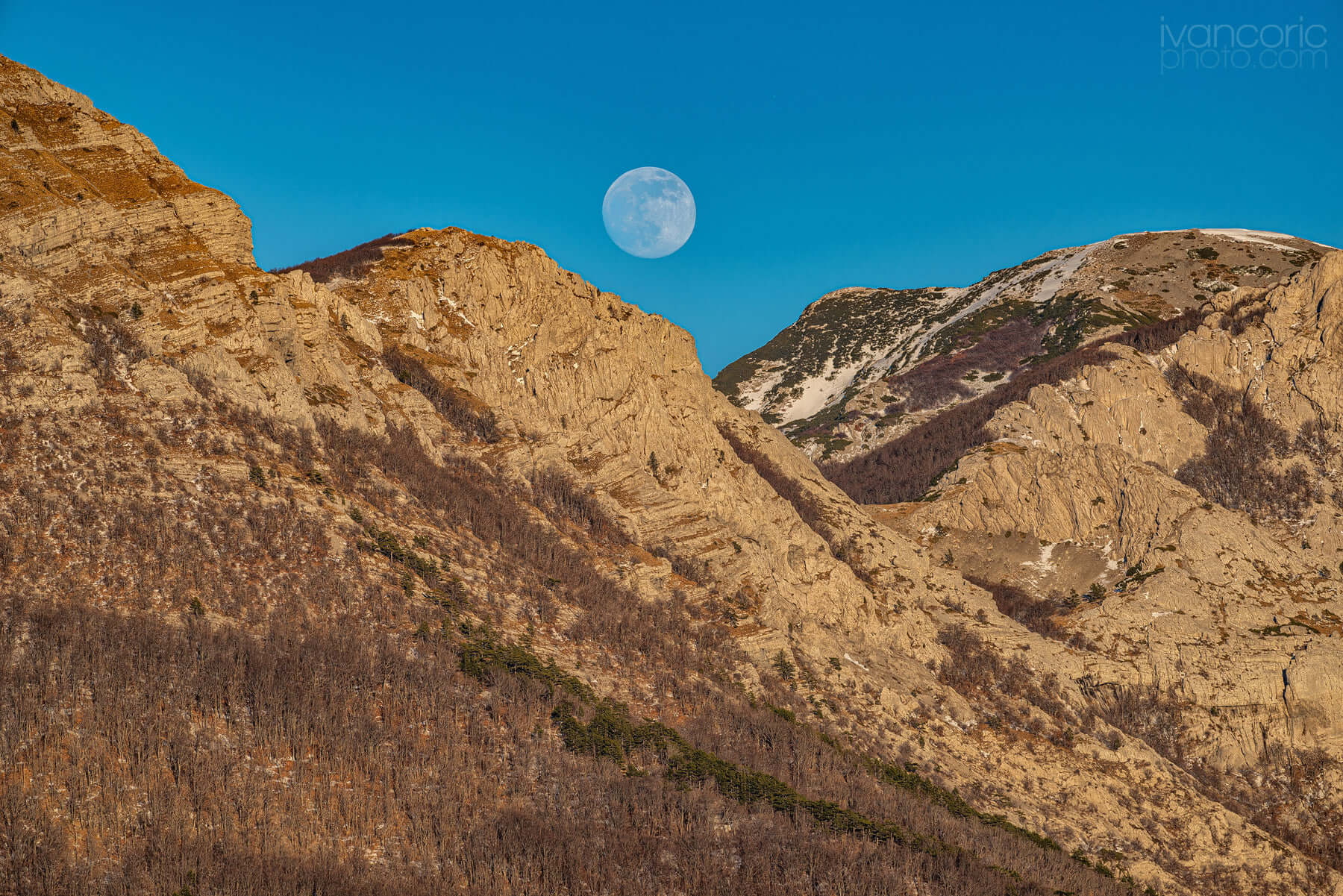 Bojinac © Ivan Coric Photography
Bojinac © Ivan Coric Photography
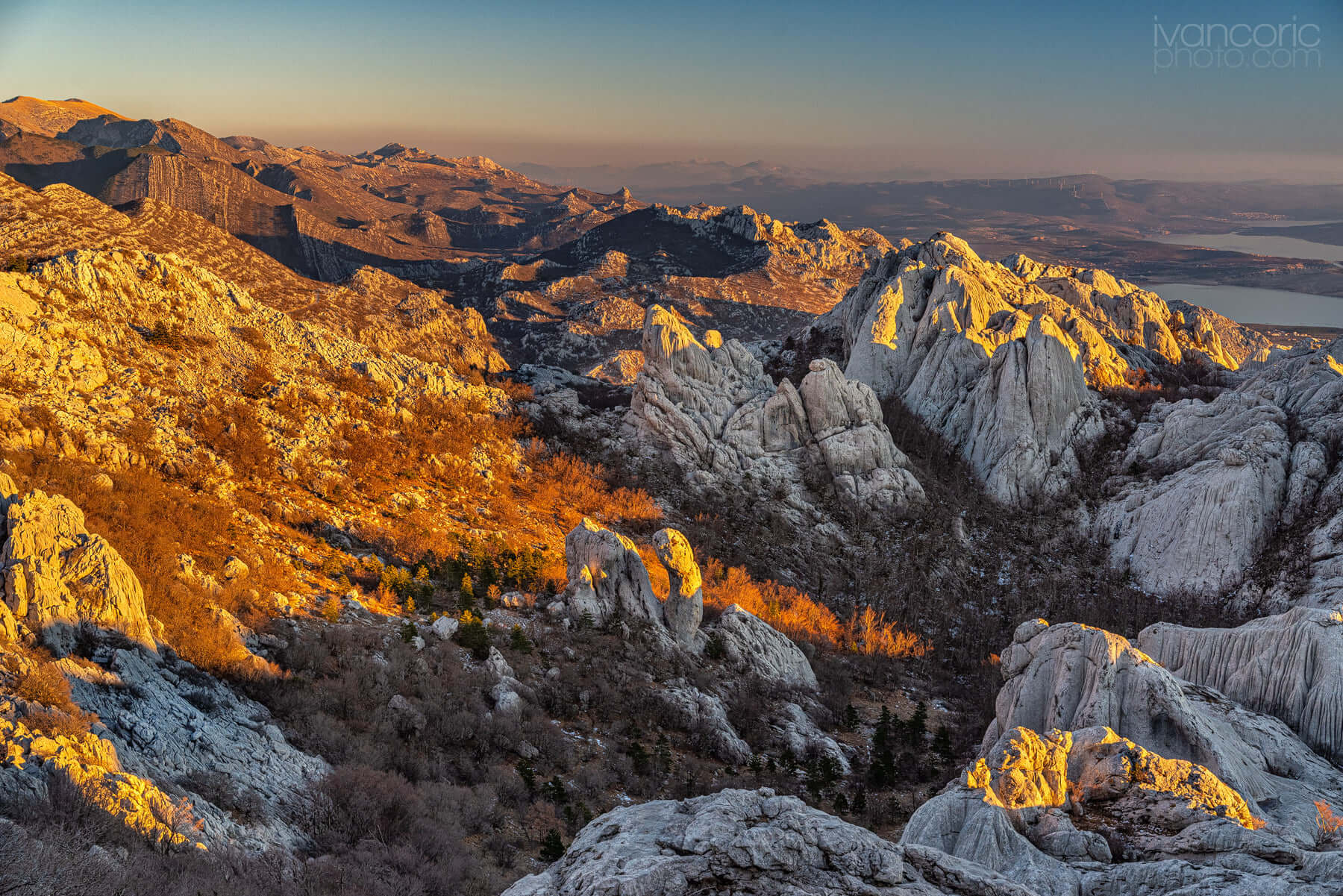 Bojinac © Ivan Coric Photography
Bojinac © Ivan Coric Photography
For more about Paklenica National Park, look here
Kloštar Podravski, Podravina and Koprivnica-Križevci County
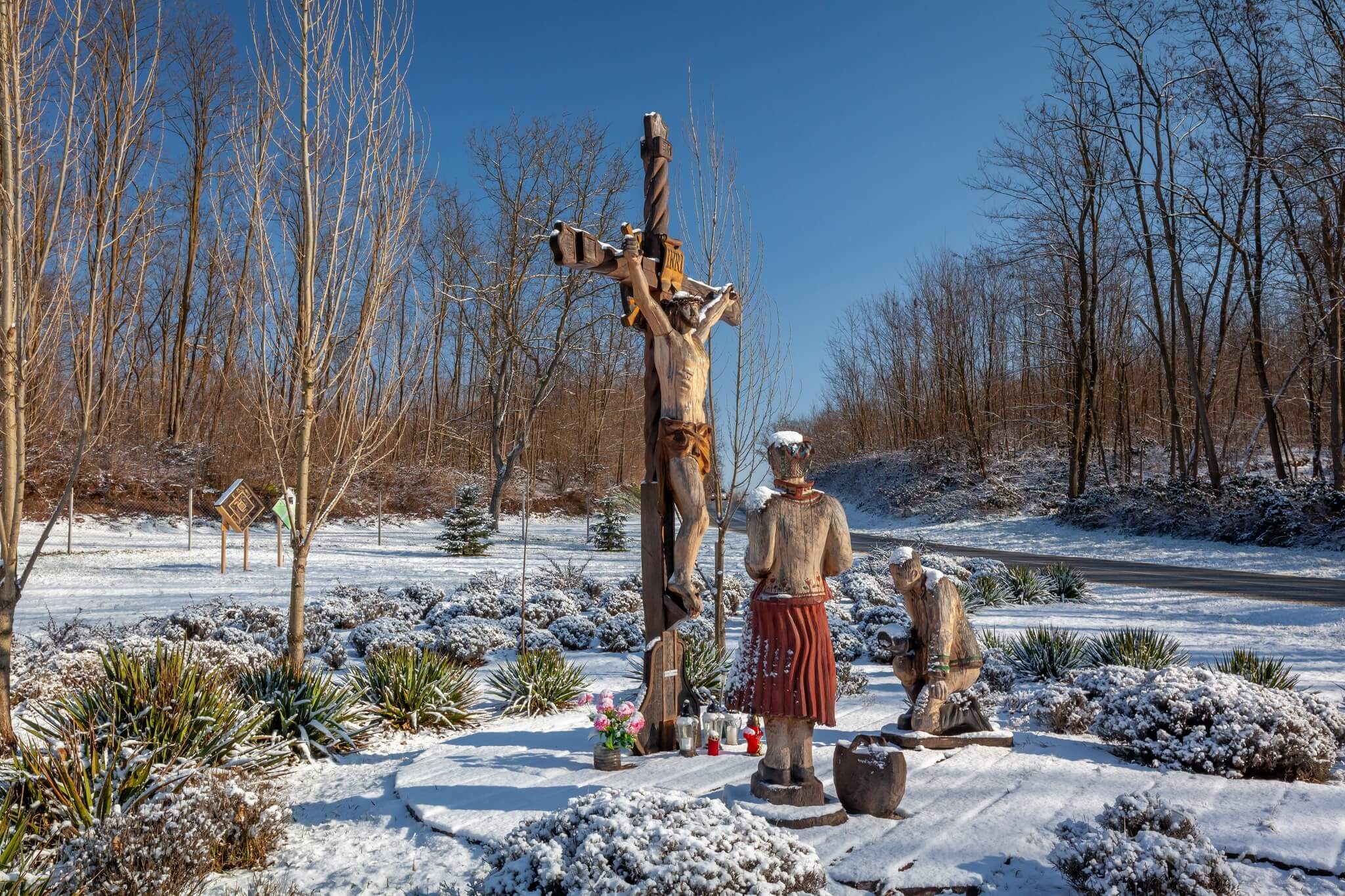 © Ivan Nemet
© Ivan Nemet
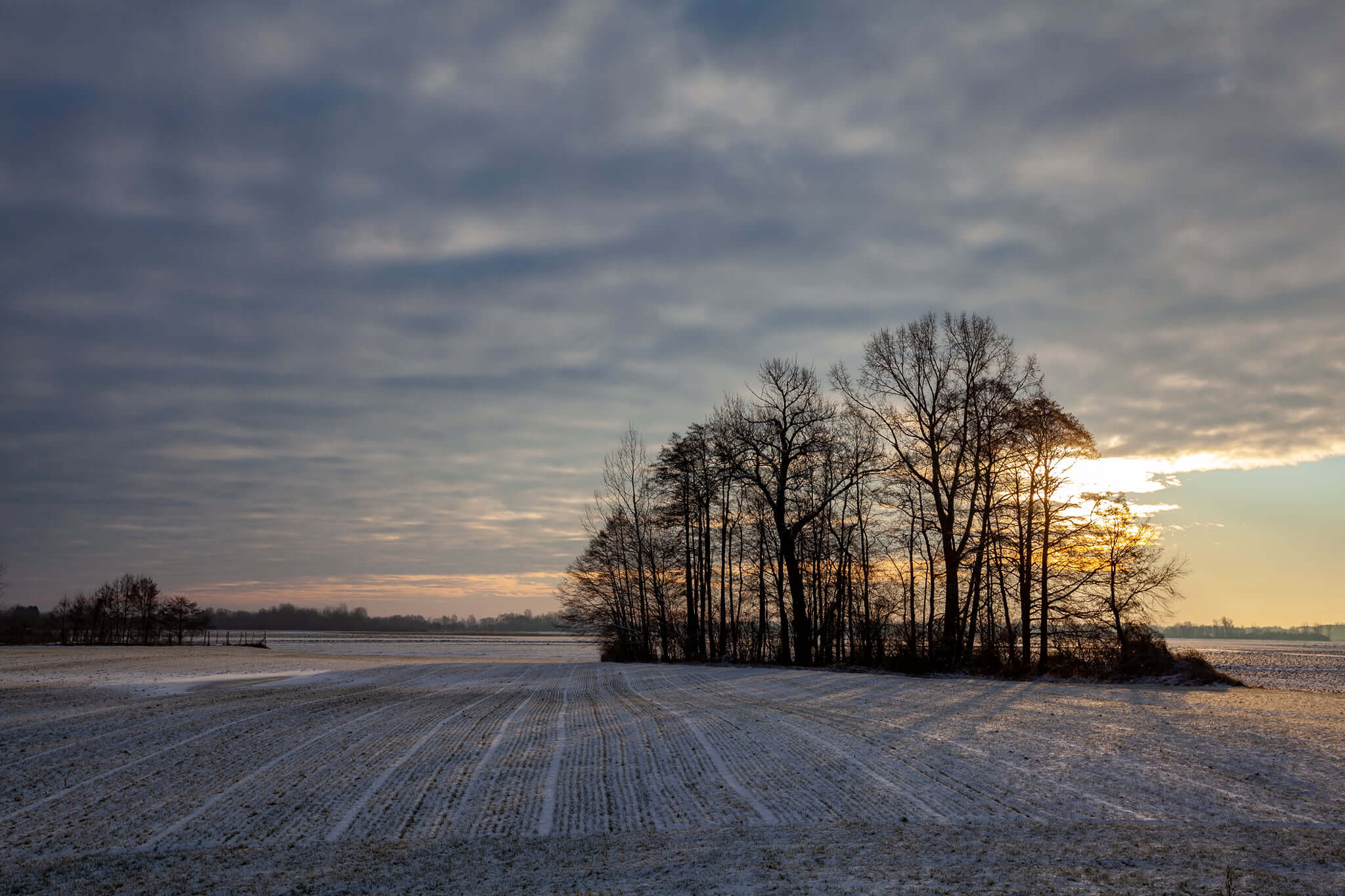 © Ivan Nemet
© Ivan Nemet
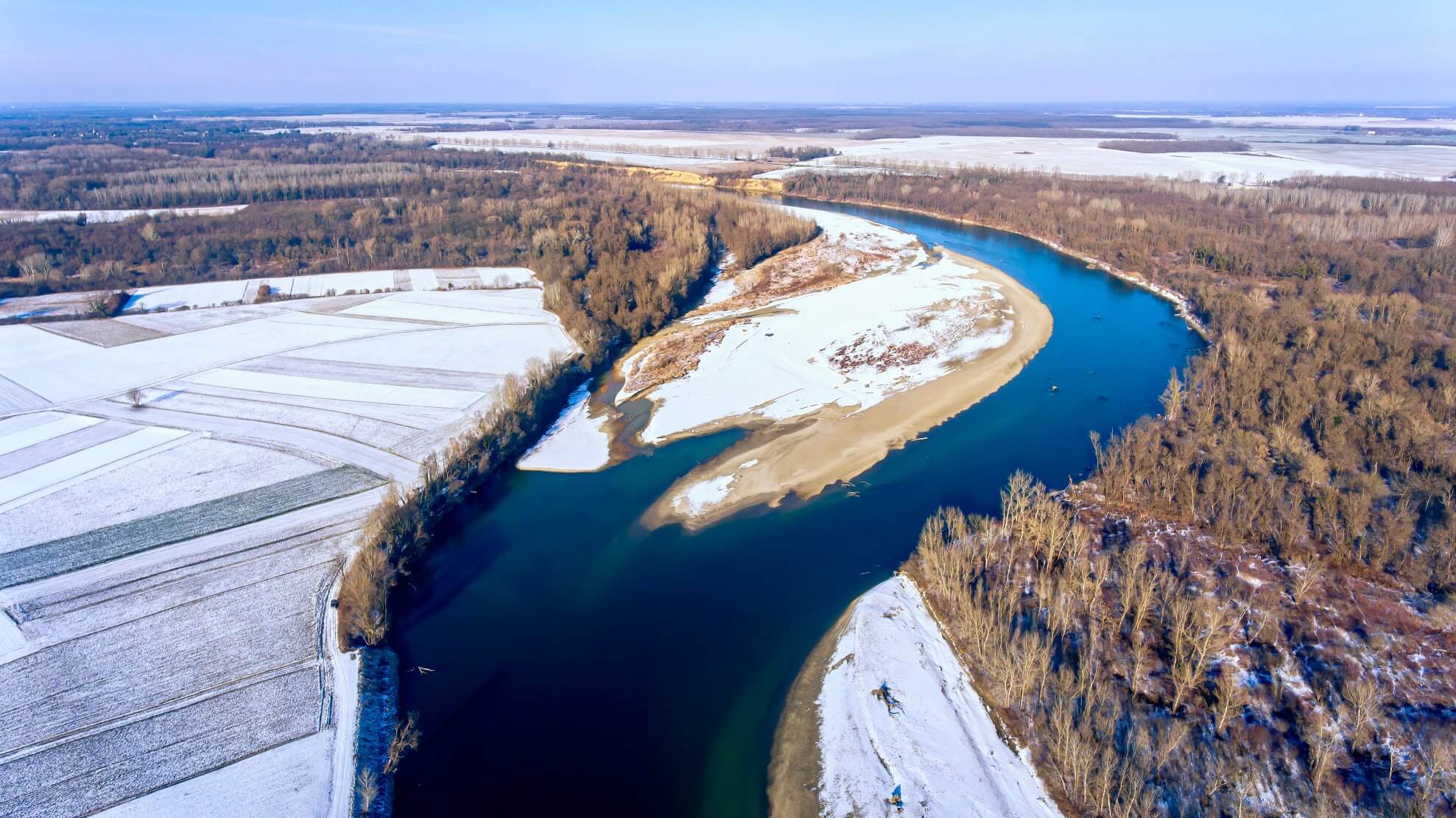 © Ivan Nemet
© Ivan Nemet
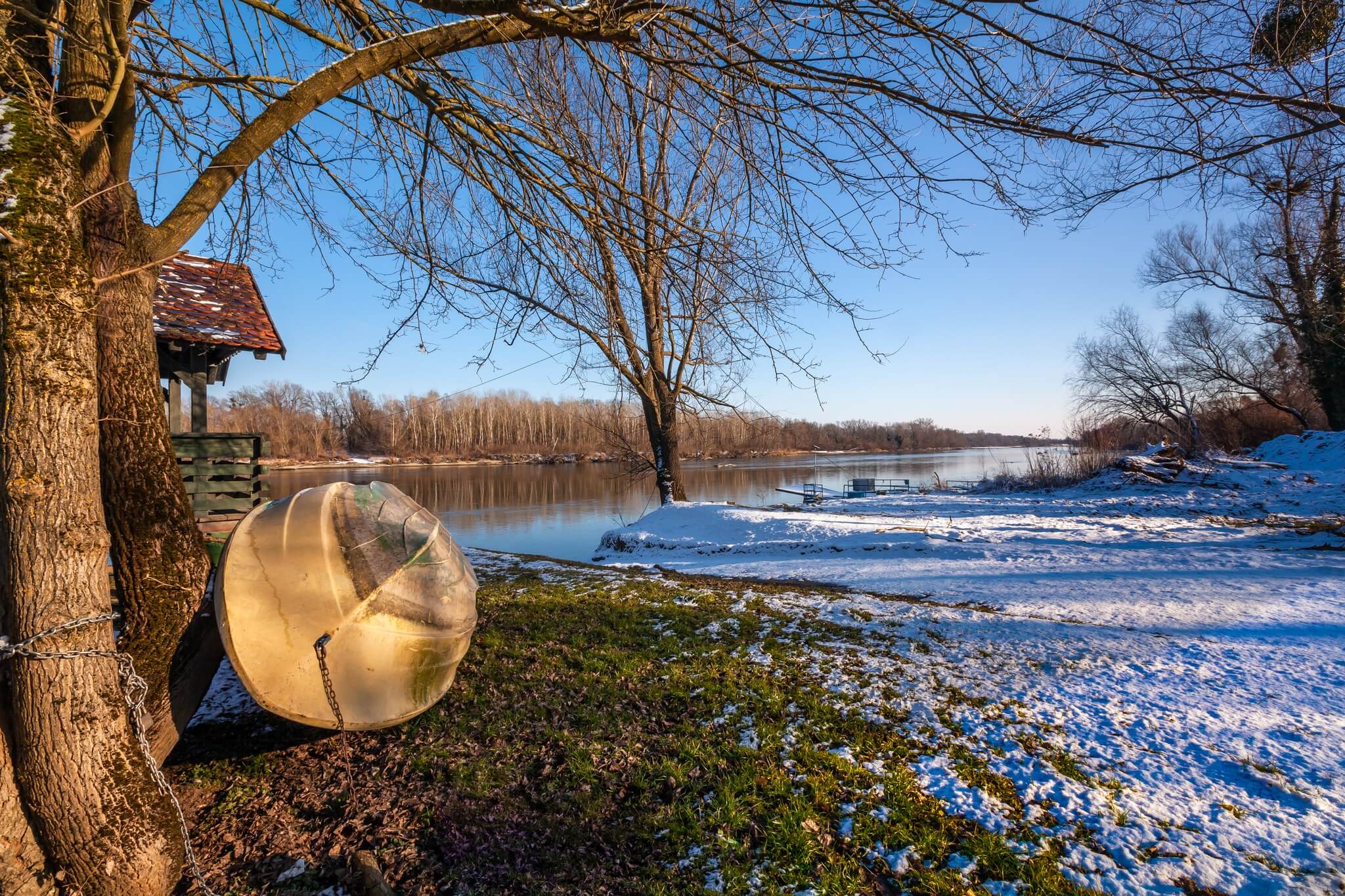 © Ivan Nemet
© Ivan Nemet
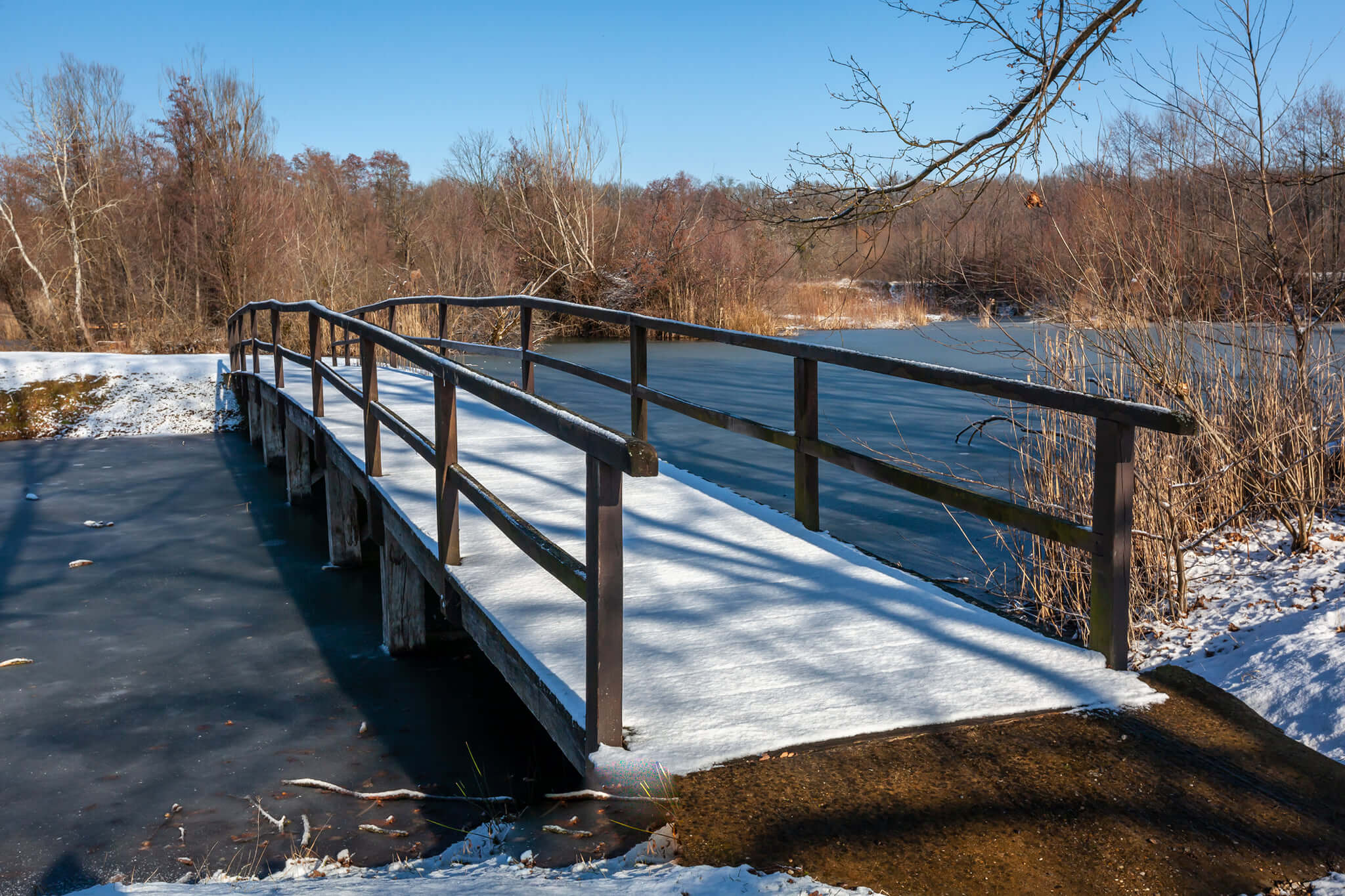 © Ivan Nemet
© Ivan Nemet
 © Ivan Nemet
© Ivan Nemet
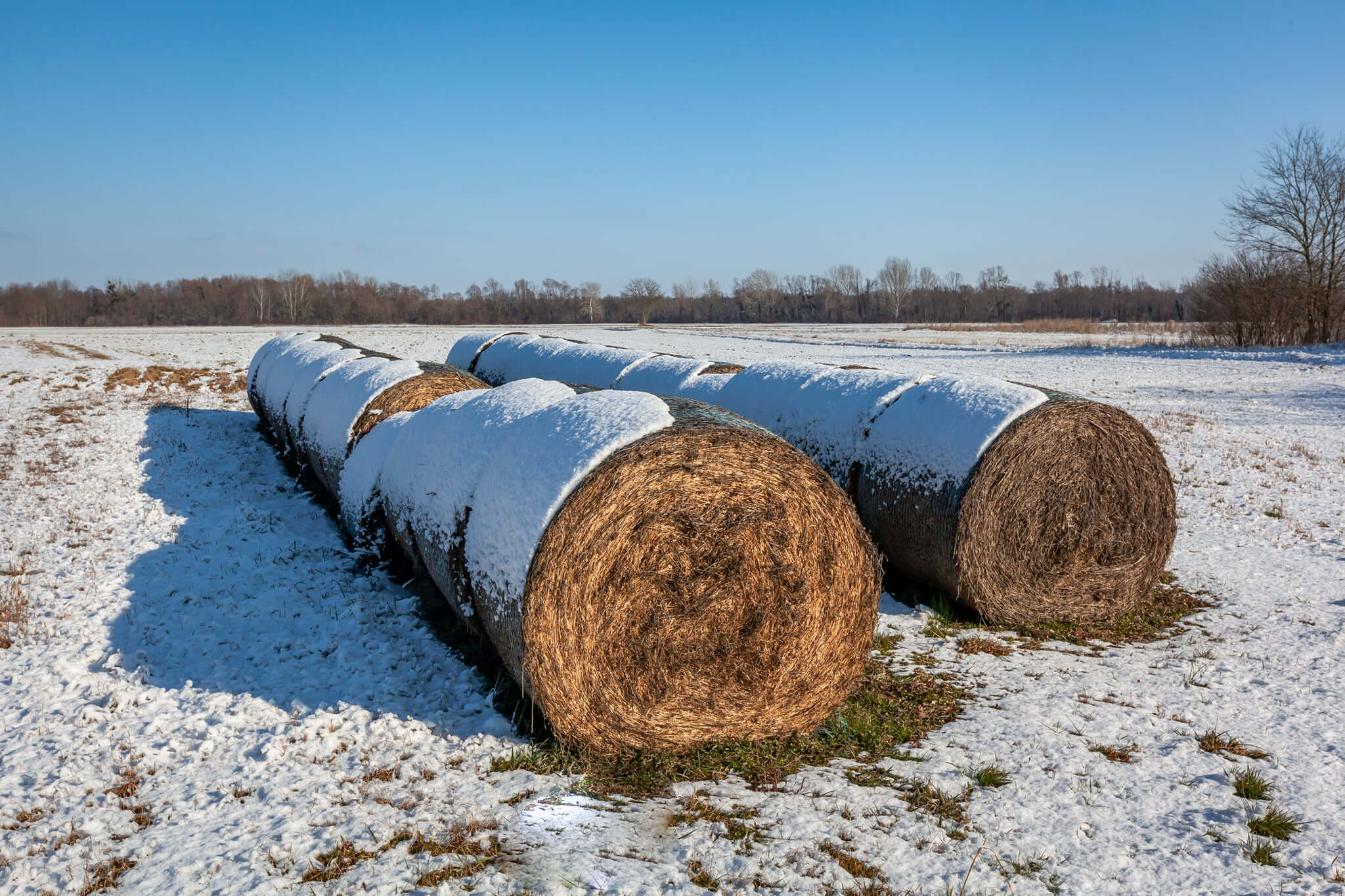 © Ivan Nemet
© Ivan Nemet
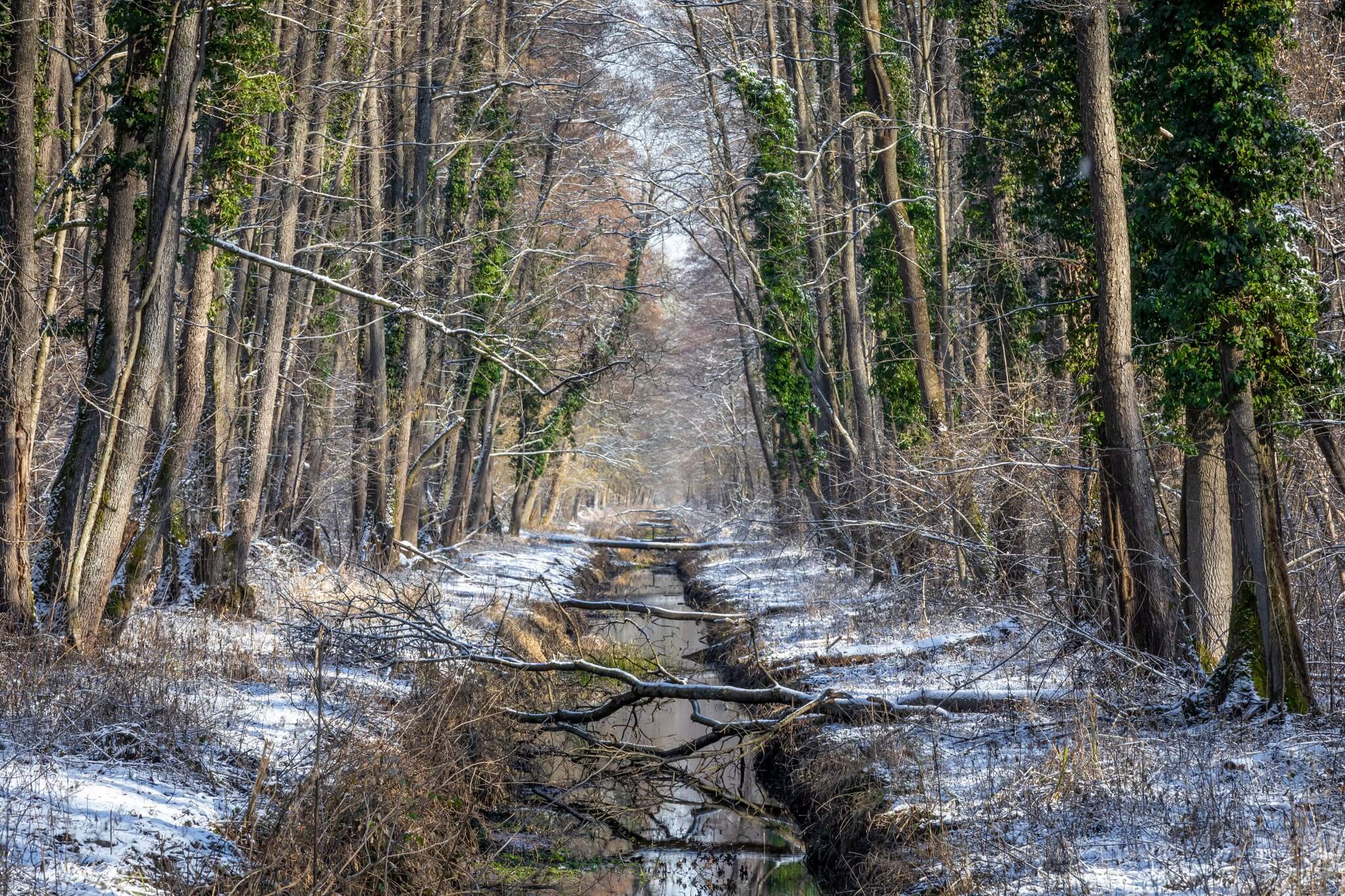 © Ivan Nemet
© Ivan Nemet
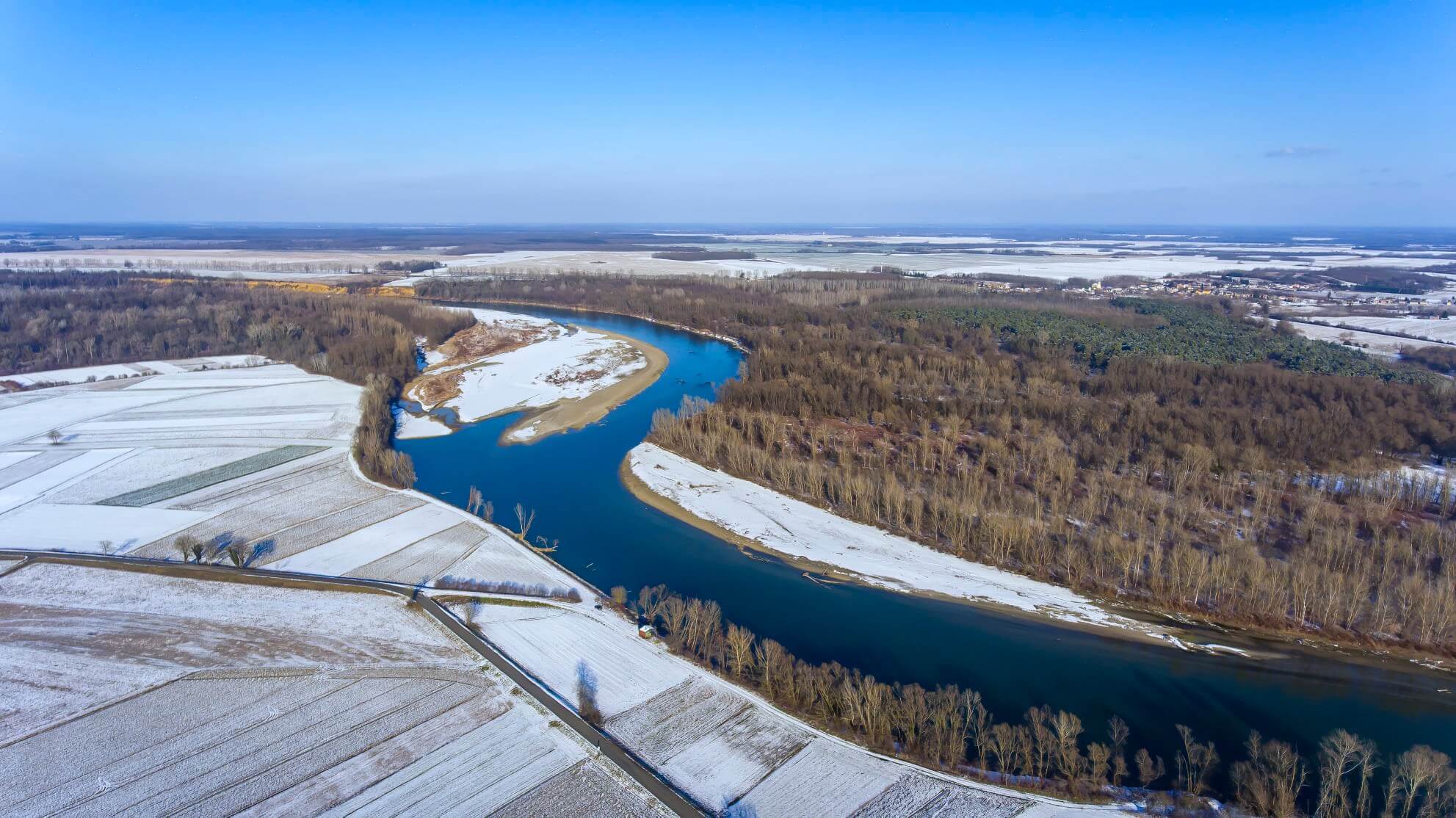 © Ivan Nemet
© Ivan Nemet
For more about the Drava river in Koprivnica-Križevci County look here. For more about the area of Podravina containing Kloštar Podravski and Đurđevac, look here
Slavonski Brod
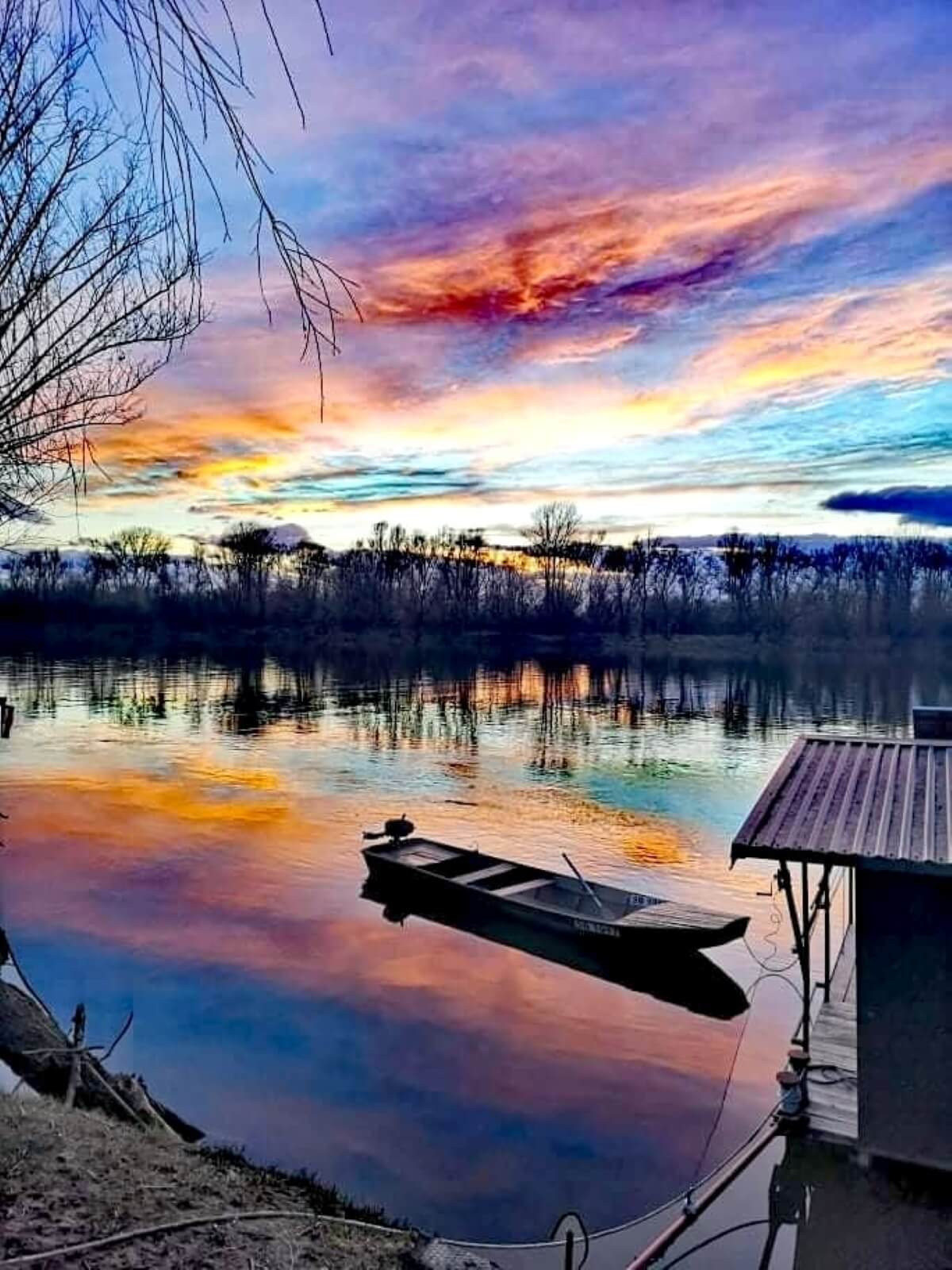 © Mirna Šikić
© Mirna Šikić
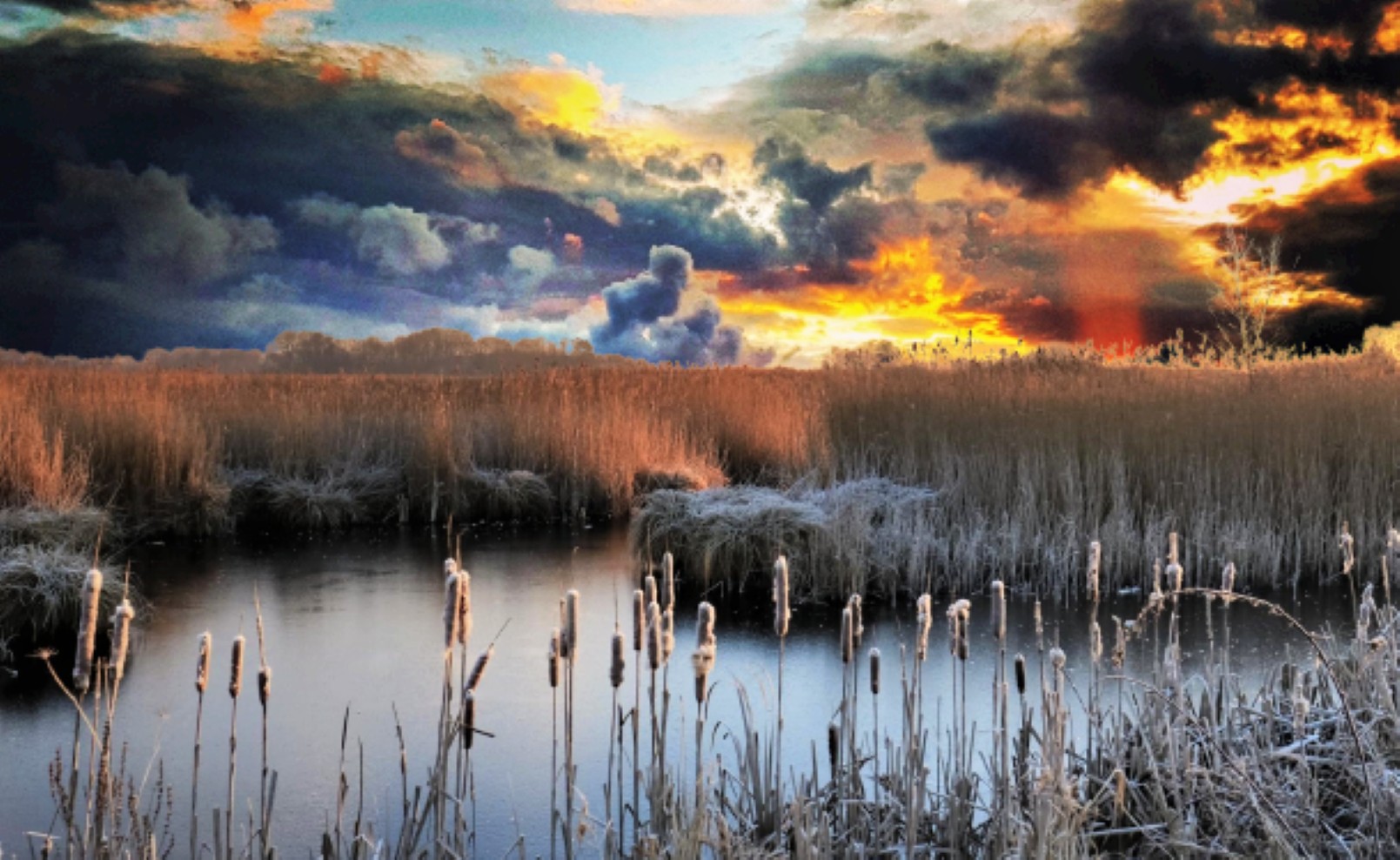 The wetlands and ponds in Oriovac near Slavonski Brod are not only home to fish - over 50 species of birds visit these waters © Antun Lukšić
The wetlands and ponds in Oriovac near Slavonski Brod are not only home to fish - over 50 species of birds visit these waters © Antun Lukšić
For more about Slavonski Brod, look here
Žumberak-Samoborsko gorje Nature Park
 The high peak of Sveti Gera, on the western edge of Žumberak-Samoborsko gorje Nature Park © Domagoj Novosel
The high peak of Sveti Gera, on the western edge of Žumberak-Samoborsko gorje Nature Park © Domagoj Novosel
The author would like to thank each of the photographers who kindly loaned their work to him for this article
Gorski Kotar's Eco-system, Tourism Suffer Due to Climate Change
ZAGREB, 20 June, 2021 - Climate change has left a huge mark on the forests of the Gorski Kotar mountain region in central Croatia, causing its tourism value to drop, experts say.
Over the past decade, ice, wind and the bark beetle have destroyed large parts of Gorski Kotar, whose economy, including tourism, is based on natural resources.
Dragan Turk, a manager at Risnjak National Park, says that due to natural disasters the national park will lose its value as a protected area. "If climate change is too fast, it will take more than 100 years for forests to regenerate."
Last week, an international team of experts presented the findings of a study on the effects of climate change in Gorski Kotar, warning that it could affect local tourism.
The study was conducted by the Zagreb Faculty of Economics and Business in cooperation with Leeds Beckett University and Bocconi University in Milan. The Croatian Meteorological and Hydrological Service cooperated on the project.
In four years, ice, wind and the bark beetle have destroyed more than a million square metres of wood, which has greatly affected the eco-system, experts says.
Beekeeper Damir Zanoškar says the various corridors resulting from deforestation are probably the cause of the increasingly strong winds registered in recent years.
He says the Hrvatske Šume national forest management company should ask itself what the current model forest management is leading to. "Thousands and thousands of logs are being driven somewhere far."
Beekeepers have joined forces and launched a fir-planting drive because fir is well-adapted to Gorski Kotar and is very useful to bees. Zanoškar says big fir-planting campaigns could give Gorski Kotar its former aspect back in 20-30 years.
"Time is running out," he warns. "We need forests and we must take immediate action."
Experts say that although extreme weather occurred in the past as well, today it causes bigger problems and is not related to only one season. That's why climate projections should be taken into account when planning new projects and infrastructure, they add.
Climate change could affect the tourism industry, notably in southern Europe, experts say.
Warmer and drier summers can result in bigger droughts, wildfires and negative changes in plants and animals, which would make summer vacations in Mediterranean countries uncomfortable. At the same time, northern countries with more moderate summers could see a rise in tourist turnover, experts say.
If it adapts, tourism can expect positive results, otherwise the negative effects are inevitable, they add.
For more on lifestyle in Croatia, follow TCN's dedicated page.
For more about Croatia, CLICK HERE.
Romanian Lynx Released in Risnjak National Park
Doru has arrived at the Risnjak National Park, whose gorgeous forests will be his new home. It is the first of the four lynxes to be settled in Croatia as part of the international LIFE Lynx project, reports Jutarnji List on May 5, 2019.
The project aims to prevent the extinction of the lynx population in the Dinarides, which will be achieved by settling fourteen lynxes in Croatia and Slovenia over the next five years. The local community is small and isolated, and mating among close relatives threatens its survival. The only solution is the colonisation with new animals.
“We are delighted that, after many years of preparations, we have welcomed this important event for the preservation of Croatian biodiversity. In the late 19th century, lynxes disappeared from our forests, but hunters and foresters brought them back in 1973. Now it is up to us to continue with the fight to preserve these beautiful beasts,” said Tomislav Gomerčić from the Faculty of Veterinary Medicine in Zagreb.
The project of the settling of lynxes in Croatia is carried out by the Faculty of Veterinary Medicine of the University of Zagreb, the Karlovac Polytechnic and the BIOM association, with the support of the Risnjak National Park and the Nature of the Primorje-Gorski Kotar County public institution.
Doru, a four-year-old male, weights twenty-one kilograms and was caught in late February in the Romanian forests. He spent two months in quarantine to ensure he did not transmit infectious diseases to the new habitat.
“We are glad that the among the proposed names, the people have selected Doru, which in Romanian means ‘necessary, desired.’ His name thus best describes the importance of this lynx for our population and at the same time represents an act of gratitude to our Rumanian partners,” said Miljenko Gašparac, director of the Risnjak National Park.
In order for Doru to arrive safely in Croatia, special transport was organised. “Since we are an institution with great experience in transporting various animal species and participating in a number of nature conservation projects, we are glad to have been able to assist with the transport of the lynx from Romania,” said Damir Skok, director of the Zagreb Zoo.
Among the few who attended the release of Doru were Primorje-Gorski Kotar County prefect Zlatko Komadina, president of the Primorje-Gorski Kotar Hunting Association Josip Malnar and representatives of hunting associations who expressed their support for this project.
“Doru’s movements will be followed by a telemetry collar which uses satellite to determine the location of the animal and sends us the coordinates. We hope that the genetic analysis next season will confirm that Doru has ensured the survival of our lynx population,” said Ivana Selanec from the BIOM association.
Due to the lifestyle of the lynx, it is difficult to determine the number of animals living in the region precisely, but it is estimated that between 40 and 60 animals live in Croatia and only about 20 in Slovenia.
Translated from Jutarnji List.
More news about the national parks can be found in the Lifestyle section.
Citizens Called to Vote on Name for Lynx to Be Released on Risnjak
ZAGREB, April 2, 2019 - As part of the LIFE Lynx project which has been launched to prevent the extinction of the lynx population in the Dinaric Alps, the BIOM association has called on citizens to vote on a name for the first of four lynxes to be released in the Risnjak National Park.
The lynx that will soon be released in Risnjak was captured in Romania on March 4 and there are currently five proposed names and the public is invited to vote for the best name at the following link,, BIOM said in a press release.
The LIFE Lynx project team in cooperation with the staff at the Risnjak National Park have proposed that the lynx be called Dora.
"The name Doru in Romanian means 'needed' and this lynx certainly is needed for the Croatian lynx population. The Romanian name has been suggested as a sign of our gratitude to our Romanian colleagues and experts who have donated the lynx through this project in an effort to expand Croatia's lynx population," the press release said.
The other proposed names are Grof, Furman, Max and Oskar.
Once the lynx is named and it will be released in Croatia, the animal's movements will be under surveillance via a long-range telemetry tracking collar which will be able to locate the lynx's several times during the day.
Croatia's endangered lynx population is being researched with the assistance of photo-traps set up in typical habitat for the animal and scientists have so far identified 40 adult animals in Croatia, BIOM said.
More news about Croatia’s national parks can be found in the Lifestyle section.
Risnjak National Park: Rescued Lynx Cub Returned to the Wild
This is the first case of lynx rescue in Croatia that ended with the animal successfully returned to the wild. Meet Martin the lynx on May 17, 2018


